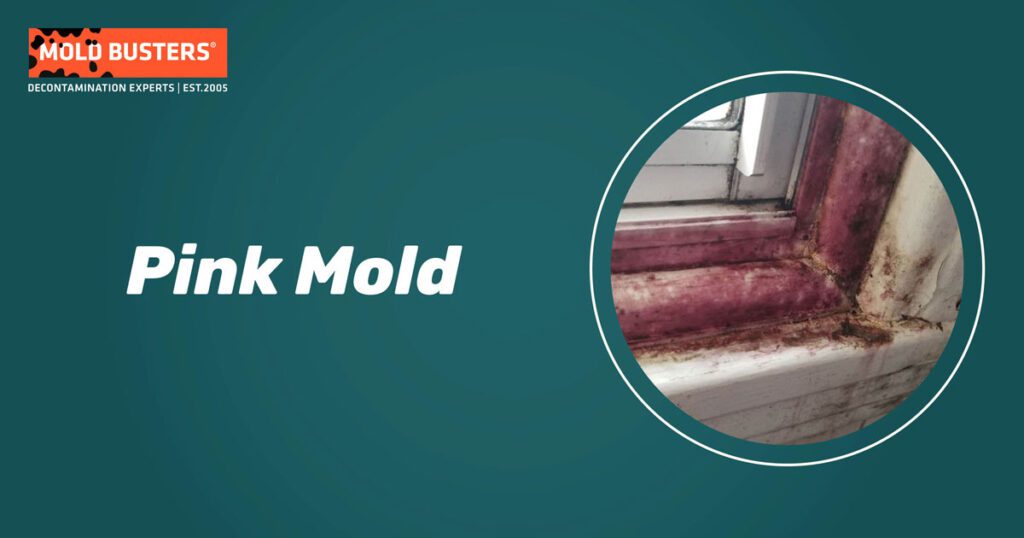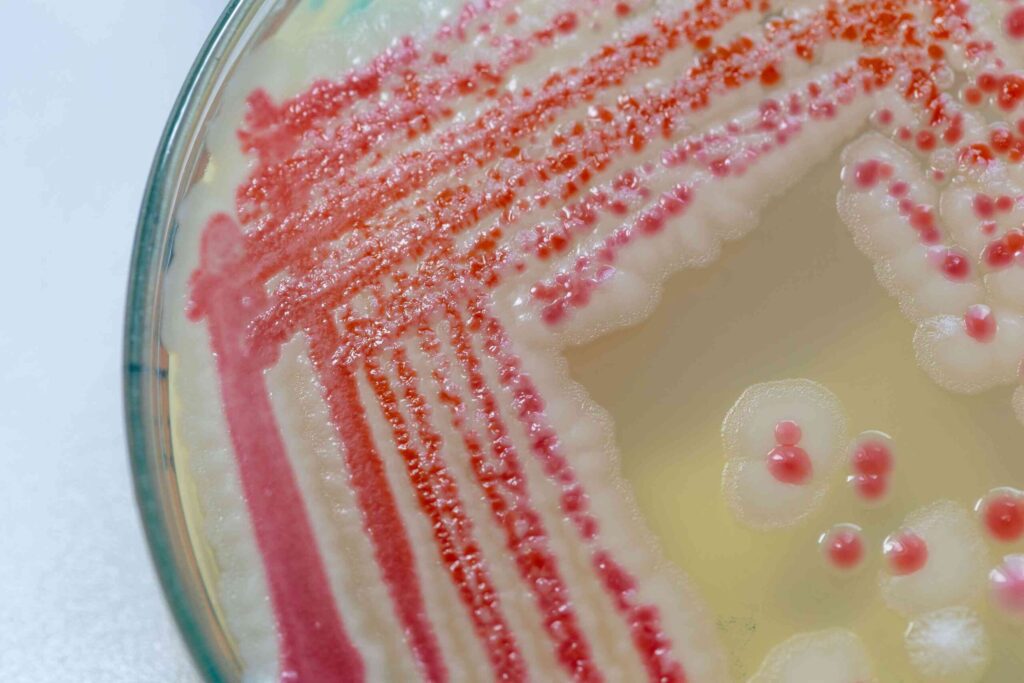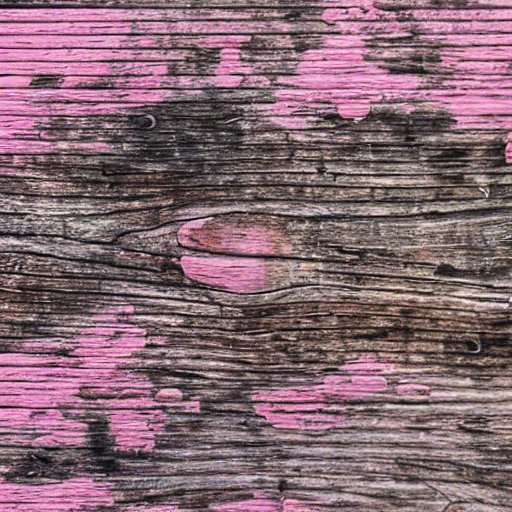Have you ever noticed a pinkish hue on your bathroom tiles or inside your shower? Well, that innocent-looking color could actually be a sign of a not-so-innocent intruder: pink mold. This uncommon fungal invader may not be as well-known as some other types of mold, but it can still pose health risks if left untreated. In this article, we will explore the symptoms of pink mold exposure and provide you with the knowledge to recognize this sneaky culprit. So, if you’re ready to learn more about this uncommon fungal intruder, keep reading!
Introduction
Have you ever noticed a pink, slimy substance growing in your bathroom or kitchen? If so, you may be dealing with pink mold. Pink mold, also known as pink slime or pink bacteria, is not an actual mold but a type of bacteria known as serratia marcescens. Although it is not as common as other types of mold, pink mold can still pose health risks if not properly dealt with. In this article, we will explore what pink mold is, its characteristics, the symptoms of exposure, who is at risk, how to recognize it, methods of prevention and removal, as well as treatment options.
What is Pink Mold?
Definition
Pink mold, scientifically known as serratia marcescens, is a type of bacteria that can often be found in damp and humid environments. Despite its name, pink mold is actually a bacteria, not a mold. It gets its name due to its appearance, which is commonly pink or reddish in color.
Characteristics
Pink mold thrives in moist and warm conditions, which is why it is commonly found in bathrooms, kitchens, and areas with high humidity. It can grow on a variety of materials, including shower curtains, tiles, grout, sinks, toilets, and even food. Unlike other molds, pink mold does not produce spores, making it less likely to become airborne and spread throughout the environment. However, it can reproduce rapidly, forming slimy films or colonies on surfaces.
Common Locations
Pink mold can be found in various areas of your home where moisture is present. Some common locations where pink mold might appear include bathroom fixtures, such as showerheads and faucets, shower curtains, bathtubs, sinks, toilets, and tiles. It can also be found in kitchen sinks, dishwasher seals, and other areas where moisture and organic matter are present.

Symptoms of Pink Mold Exposure
Exposure to pink mold can lead to a range of health symptoms. While some individuals may not experience any adverse effects, others may develop respiratory symptoms, skin irritation, allergic reactions, headaches, fatigue, and digestive issues.
Respiratory Symptoms
Exposure to pink mold can irritate the respiratory system, causing symptoms such as coughing, wheezing, difficulty breathing, and a runny or stuffy nose. In some cases, individuals with pre-existing respiratory conditions, such as asthma or chronic obstructive pulmonary disease (COPD), may experience aggravated symptoms.
Skin Irritation
Direct contact with pink mold can cause skin irritation, including redness, itching, and rash. This can occur when touching contaminated surfaces or coming into contact with items that have been contaminated by the bacteria, such as towels or clothing.
Allergic Reactions
Some individuals may be allergic to the proteins released by pink mold, leading to allergic reactions. These reactions can vary from mild symptoms such as sneezing, watery eyes, and itching, to more severe reactions like hives or difficulty breathing. If you notice any allergic symptoms after exposure to pink mold, it is important to seek medical attention.
Headaches and Fatigue
Exposure to pink mold has also been associated with headaches and fatigue. These symptoms may occur due to the release of volatile organic compounds (VOCs) by the bacteria, which can affect indoor air quality and contribute to these symptoms.
Digestive Issues
In rare cases, exposure to pink mold can cause digestive issues, such as diarrhea or stomach cramps. These symptoms may occur if contaminated food or beverages are ingested.
Who is at Risk?
While anyone can be exposed to pink mold, certain individuals may be at a higher risk of experiencing adverse health effects.
Individuals with weakened immune systems
Individuals with weakened immune systems, such as those with HIV/AIDS, cancer, organ transplants, or autoimmune disorders, are more susceptible to infections caused by bacteria like pink mold. Their compromised immune systems may have difficulty fighting off the bacteria, leading to more severe symptoms and potential health complications.
Children and the elderly
Both children and the elderly may be more vulnerable to the effects of pink mold exposure due to their developing or weakened immune systems. It is important to take extra precautions in households with young children and older adults to avoid exposure and reduce the risk of health issues.
Individuals with pre-existing respiratory conditions
Individuals with pre-existing respiratory conditions, such as asthma or COPD, may experience worsened symptoms when exposed to pink mold. The bacteria can trigger or exacerbate respiratory issues, leading to increased coughing, wheezing, and difficulty breathing.

How to Recognize Pink Mold
Recognizing pink mold can be challenging, as it often appears as pink or reddish stains on surfaces. However, there are several ways to identify its presence.
Visual signs
Pink mold can form slimy, pink or reddish films or colonies on surfaces. These can be observed on shower curtains, tiles, grout, and other areas prone to moisture. Additionally, pink mold can discolor and stain surfaces, giving them an unsightly appearance.
Musty odor
Another indication of pink mold is a musty or earthy odor in the affected area. The smell may be more noticeable in enclosed spaces, such as bathrooms or basements, where the bacteria can thrive.
Testing for pink mold
If you suspect pink mold in your home but are unsure, you can have the area tested by professionals. Mold testing kits are available, which allow you to collect samples and send them to a laboratory for analysis. These tests can confirm the presence of pink mold and identify the specific bacteria causing the contamination.
Preventing Pink Mold Growth
Preventing the growth of pink mold is crucial to maintain a healthy and mold-free environment. Here are some preventive measures you can take:
Control moisture levels
Pink mold thrives in damp and humid environments, so it is essential to keep the moisture levels in your home under control. Use exhaust fans or open windows when showering or cooking to reduce humidity levels. Fix any leaks promptly to prevent water from accumulating and creating an ideal environment for pink mold.
Regularly clean and maintain
Regular cleaning and maintenance can help prevent the growth of pink mold. Clean bathrooms and kitchen areas regularly, paying extra attention to areas prone to moisture. Use appropriate cleaning products to remove any existing mold or bacteria. Additionally, keep surfaces dry to prevent moisture buildup.
Proper ventilation and air circulation
Proper ventilation and air circulation are vital in preventing the growth of mold, including pink mold. Ensure that your home has sufficient ventilation to allow moisture to escape, and fresh air to circulate. Install exhaust fans in areas prone to humidity, such as bathrooms and kitchens, and consider using dehumidifiers in excessively damp areas.
Address water leaks promptly
Water leaks provide a breeding ground for pink mold to grow. It is crucial to address any water leaks promptly. Whether it’s a leaking pipe, faucet, or roof, fixing the issue as soon as possible can help prevent moisture buildup and subsequent mold growth.

Removing Pink Mold
If you discover pink mold in your home, it is important to remove it promptly to prevent further contamination. Depending on the extent of the infestation, you may consider DIY methods or hiring professionals.
DIY methods
For small areas affected by pink mold, you can attempt to remove it yourself. Start by wearing protective gear, such as gloves and a mask, to avoid direct contact with the bacteria. Scrub the affected area with a mixture of water and a mild detergent or vinegar. Rinse the surface thoroughly and dry it completely to discourage future mold growth. If the mold persists or covers a larger area, it is advisable to seek professional assistance.
Hiring professionals
For extensive pink mold infestations or situations where the mold keeps recurring, it is best to hire professionals. Mold remediation experts have the necessary knowledge, experience, and equipment to effectively remove pink mold and ensure that the affected area is thoroughly cleaned and sanitized.
Protective measures
When attempting to remove pink mold, it is vital to take proper protective measures. Wear gloves, goggles, and a mask to protect yourself from direct contact with the bacteria and prevent inhalation of mold spores or bacteria fragments. Additionally, ensure that the affected area is well-ventilated to minimize potential exposure.
Treatment for Pink Mold Exposure
If you or someone you know has been exposed to pink mold and is experiencing symptoms, seeking appropriate treatment is essential.
Medical treatment for symptoms
Medical treatment can help alleviate the symptoms of pink mold exposure. Over-the-counter medications, such as antihistamines or decongestants, can provide temporary relief from respiratory symptoms and skin irritation. However, it is advisable to consult a healthcare professional, particularly if the symptoms persist or worsen.
Addressing underlying health conditions
For individuals with weakened immune systems or pre-existing respiratory conditions, managing and addressing underlying health conditions is crucial. It is essential to follow the guidance and treatment plans provided by healthcare professionals to minimize the risk of complications and promote overall health.
Seeking professional guidance
If you are unsure about the severity of your exposure or have concerns about potential health effects, it is best to seek professional guidance. Healthcare professionals or environmental experts can provide specific advice tailored to your situation and help identify any necessary steps to address the issue.

Conclusion
While pink mold may not be as common as other types of mold, it can still pose health risks if not properly addressed. Understanding the characteristics, symptoms, and risk factors associated with pink mold exposure is crucial for prevention and prompt action. By taking appropriate preventive measures, recognizing the signs of pink mold, and promptly addressing any contamination, you can create a safe and mold-free environment for you and your loved ones. Remember, if you are unsure or concerned about pink mold in your home, it is always best to seek professional guidance and assistance.